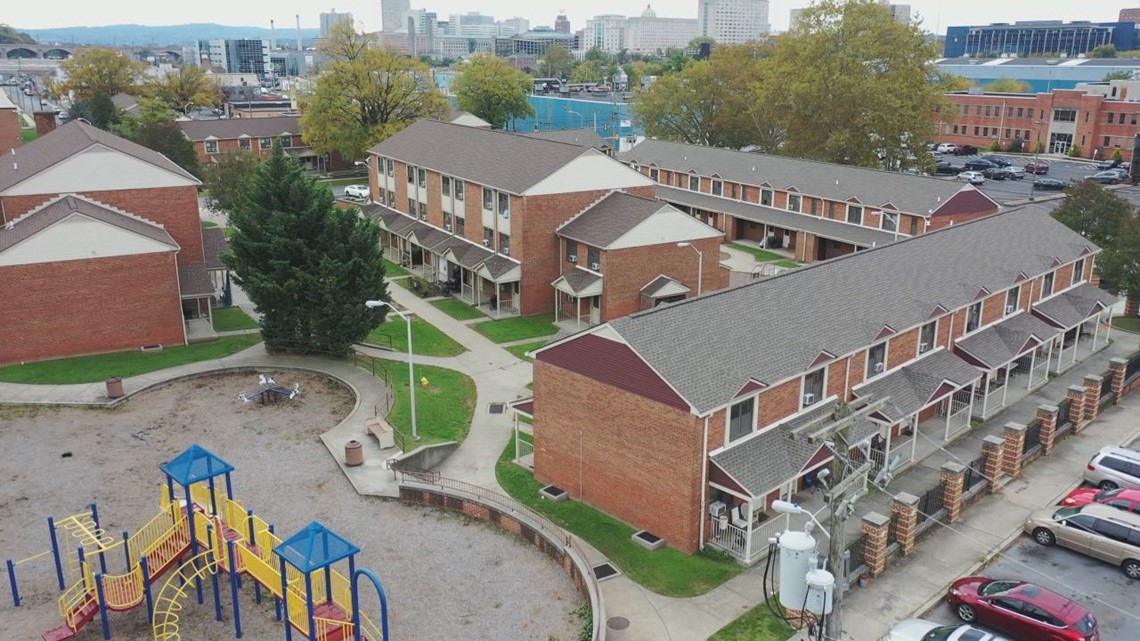Strategies for Increasing Housing Affordability in Lancaster County, Pennsylvania
The document titled “Strategies for Increasing Housing Affordability in Lancaster County, Pennsylvania” outlines a comprehensive approach to addressing the growing housing affordability crisis in Lancaster County. With a focus on collaboration among stakeholders, the report emphasizes the need for innovative solutions to ensure that all residents have access to safe and affordable housing.

Background of the Housing Crisis
Lancaster County has experienced significant population growth, leading to increased demand for housing. However, the supply of affordable housing has not kept pace, resulting in a shortage that affects low- and moderate-income families disproportionately. The report highlights that many residents are cost-burdened, meaning they spend more than 30% of their income on housing. This situation is particularly acute for families with lower incomes, who often face difficult choices between housing costs and other essential needs.
Key Challenges Identified
Several challenges contribute to the housing affordability crisis in Lancaster County:
- Limited Housing Supply: The existing housing stock does not meet the diverse needs of the population. There is a significant mismatch between available units and household sizes, with many homes being larger than necessary for smaller households.
- Rising Costs: Construction costs have escalated, making it increasingly difficult to develop new affordable housing units. This trend is compounded by rising land prices and regulatory barriers that complicate development processes.
- Zoning Restrictions: Local zoning laws often restrict the types of housing that can be built, limiting opportunities for higher-density developments that could alleviate some of the pressure on the housing market.
- Funding Limitations: There is a lack of sufficient funding for affordable housing initiatives at both state and federal levels. Many existing programs have not kept pace with demand, leaving gaps in support for low-income families.
Proposed Strategies for Increasing Affordability
To address these challenges, the report outlines several strategic recommendations:
- Zoning Reform: Advocating for changes to local zoning laws to allow for more diverse housing options, including multifamily units and accessory dwelling units (ADUs). This would enable developers to create a wider range of affordable housing types.
- Incentives for Developers: Establishing financial incentives for developers who commit to building affordable housing units. This could include tax credits, grants, or density bonuses that make it more attractive to invest in affordable projects.
- Community Land Trusts: Promoting the establishment of community land trusts that can acquire land and ensure it is used for affordable housing development. This model helps stabilize neighbourhoods and keeps housing costs manageable over time.
- Public-Private Partnerships: Encouraging collaborations between government entities and private developers to leverage resources and expertise in creating affordable housing solutions.
- Funding Advocacy: Advocating for increased state and federal funding dedicated to affordable housing initiatives. This includes pushing for more robust investment in programs like Low-Income Housing Tax Credits (LIHTC) and other subsidies that support low-income families.
- Support Services Integration: Integrating support services with affordable housing initiatives to address issues such as homelessness and mental health challenges. By providing comprehensive support, residents can achieve greater stability and success in their living situations.
Community Engagement
The report emphasizes the importance of community engagement in developing effective strategies for increasing housing affordability. Engaging residents in discussions about their needs and preferences can lead to more tailored solutions that reflect local priorities. Additionally, fostering partnerships with local organizations can enhance outreach and support efforts.
Conclusion
In conclusion, the document presents a multifaceted approach to tackling the housing affordability crisis in Lancaster County through strategic reforms and community collaboration. By addressing zoning restrictions, advocating for increased funding, and promoting innovative models like community land trusts, stakeholders can work together to create sustainable solutions that benefit all residents. The call for action emphasizes that without significant changes, many families will continue to struggle with housing instability and affordability challenges. The proposed strategies aim not only to increase the availability of affordable units but also to foster inclusive communities where all individuals have access to safe and stable housing options.
Further reading: How modernization encounter tradition: Iranian Housing development in the second Palavi period in Tehran (1940-1970)
Lancaster City Housing Shortage: Solutions for Affordable Housing hourglasslancaster
Quality & Affordable Housing – City of Lancaster, PA cityoflancasterpa
